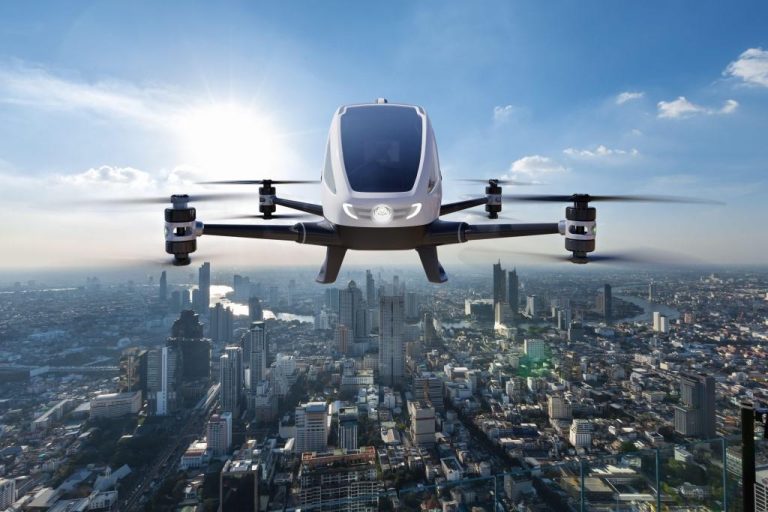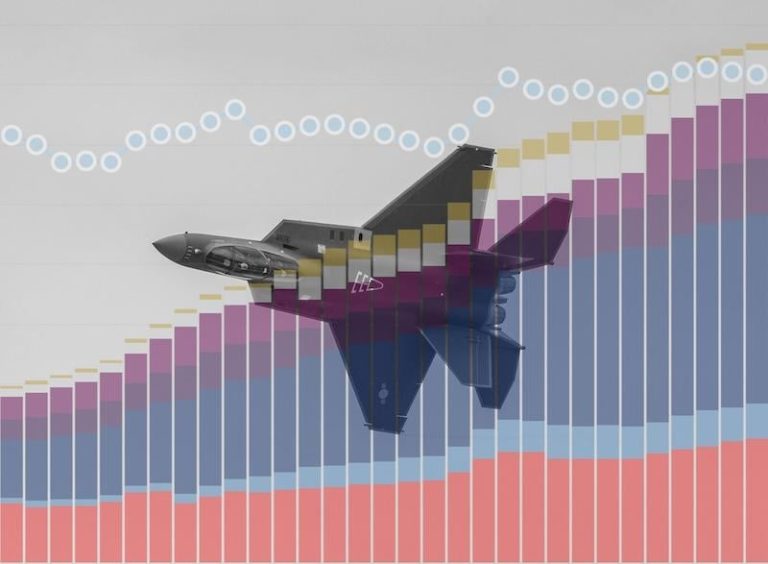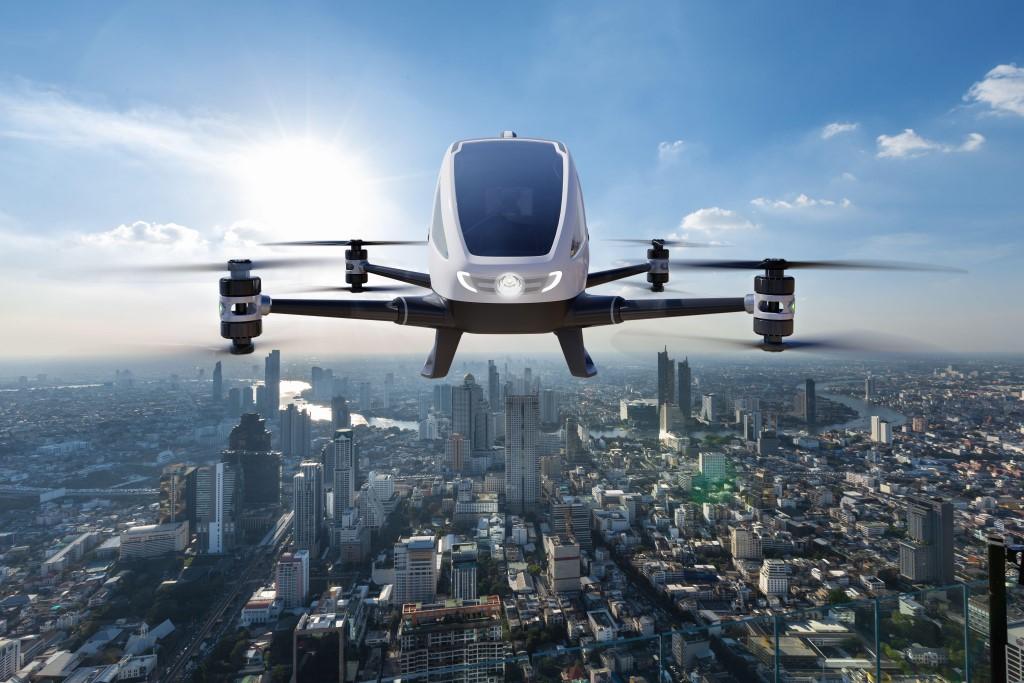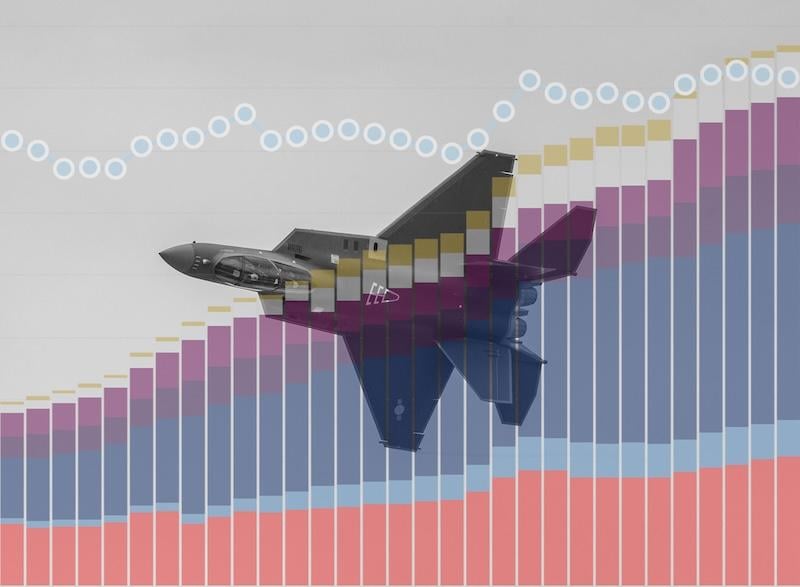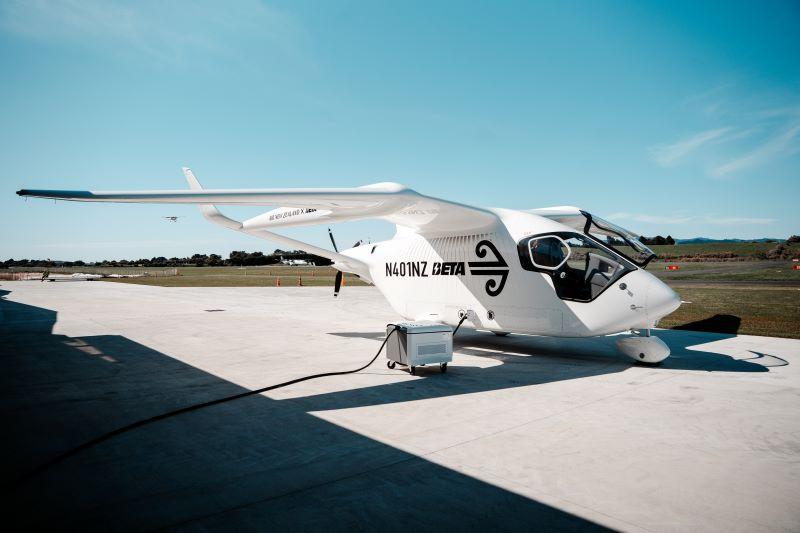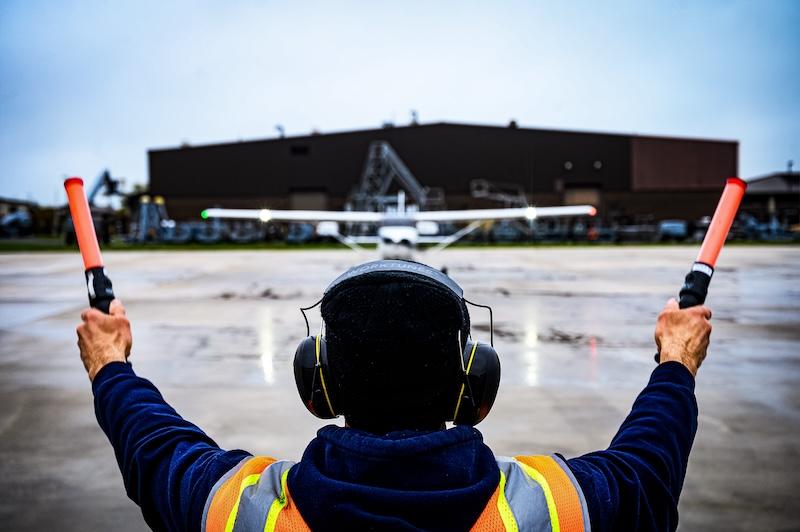Sustainability has become the biggest buzzword in commercial aviation. Airlines around the world are making substantial investments to reduce their carbon footprint and align with international climate goals. From fuel-efficient aircraft to sustainable aviation fuels (SAF), the industry is undergoing a green revolution.
United Airlines, for example, has committed to achieving net-zero emissions by 2050 without relying on traditional carbon offsets. Instead, the airline is investing in SAF and direct air capture technology. Similarly, European carriers such as Lufthansa and KLM are partnering with biofuel companies to develop large-scale production facilities.
Aircraft manufacturers are playing a major role in this transformation. Airbus has announced its ZEROe project, a hydrogen-powered aircraft that could enter service by 2035. Boeing is conducting SAF test flights and collaborating with energy companies to expand supply chains.
The challenge, however, is scaling up production. Today, SAF represents less than 0.1% of global aviation fuel consumption. To meet climate goals, SAF production will need to increase dramatically. Governments are stepping in with incentives, subsidies, and regulatory frameworks to support this growth.
Passengers, too, are influencing airline strategies. Surveys show that younger travelers, in particular, are more likely to choose airlines that demonstrate commitment to sustainability. This growing consumer pressure is accelerating the transition toward greener aviation.
While costs remain high and technological hurdles persist, the momentum is undeniable. Within the next decade, the commercial aviation industry may look very different, with new fuel sources, quieter engines, and innovative aircraft designs becoming mainstream.



